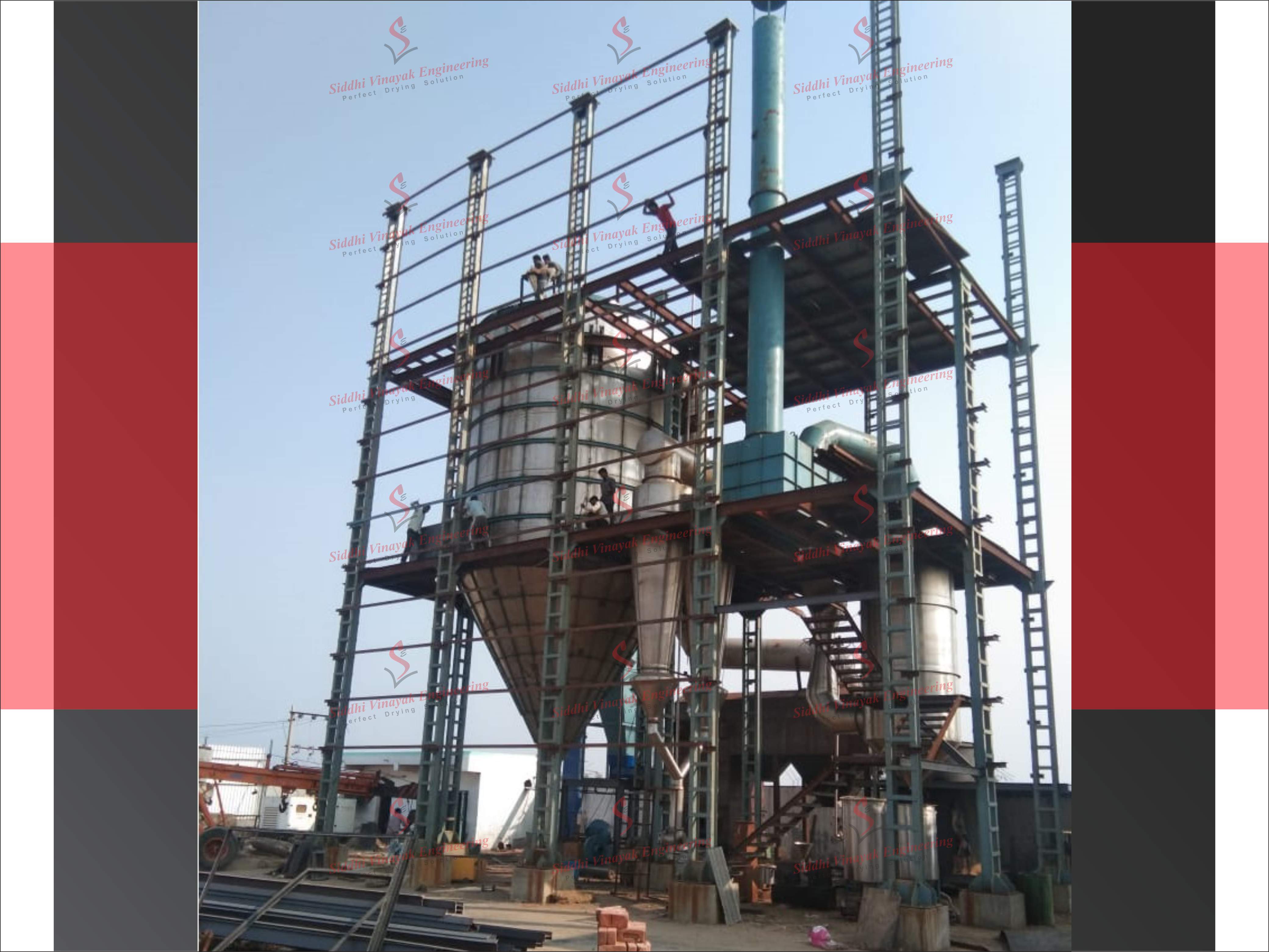
Air Lock Rotary Valve
Air Lock Rotary Valve
Overview:
An Air Lock Rotary Valve is a critical component used in bulk material handling systems for controlled discharge and feeding of powders, granules, or pellets. It ensures consistent flow while maintaining airlock pressure between different sections of processing systems, making it ideal for pneumatic conveying, dust collection, and feeding operations.
Applications:
-
Food Processing: Flour, sugar, spices, and grain handling
-
Pharmaceutical Industry: Feeding powders in cleanroom environments
-
Chemical Plants: Discharging powders, pellets, and granules
-
Wood & Biomass: Handling sawdust, woodchips, and pellets
-
Cement & Minerals: Transferring dry cement, lime, fly ash
-
Recycling & Waste Management: Feeding shredded plastics or dry waste
-
Dust Collection Systems: Discharging dust from bag filters or cyclones
-
Detergent & Soap Industry: Feeding dry mix into packaging or mixing units
Key Features:
-
Air Tight Design – Maintains consistent pressure differential
-
Robust Construction – Suitable for abrasive and non-abrasive materials
-
Precision Rotor & Housing – Ensures smooth and efficient operation
-
Continuous Operation – Minimizes downtime in processing lines
-
Customizable Sizes & Rotor Types
-
Low Noise and Vibration Performance
-
Easy Maintenance & Quick Cleaning Access
-
High-Temperature and Corrosion Resistant Models Available
Uses:
-
Feeding material into a pneumatic conveying line
-
Discharging dust or powder from a dust collector or cyclone
-
Controlling flow of granules in batch or continuous operations
-
Preventing air leakage between different pressure zones
-
Metering material into packaging, weighing, or mixing systems
-
Safely handling explosive or hazardous dry materials
FAQs
Q1. What is the main function of an air lock rotary valve?
To regulate the flow of dry bulk materials while maintaining pressure differential in the system.
Q2. Can rotary valves handle abrasive materials?
Yes, with wear-resistant coatings or special construction materials like stainless steel or cast iron.
Q3. Are rotary valves suitable for food-grade applications?
Yes, food-grade models are available with stainless steel construction and hygienic designs.
Q4. How do I select the right rotary valve size?
It depends on your material type, flow rate, and operating pressure. Consult the manufacturer’s sizing chart.
Q5. What are the common types of rotors used?
Open-end, closed-end, scalloped, or flexible-tip rotors depending on material flow and sealing requirements.
Q6. Can it operate continuously?
Yes, rotary valves are built for 24/7 continuous operation in industrial environments.
Tagline Ideas:

